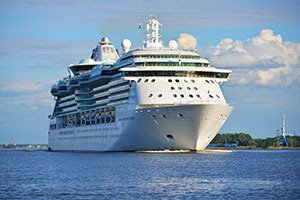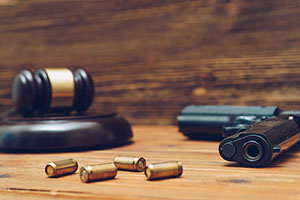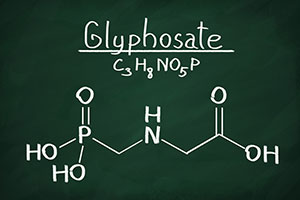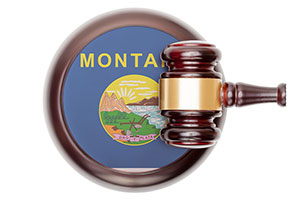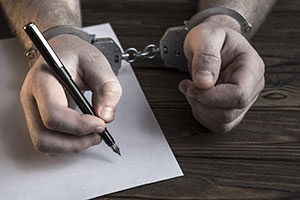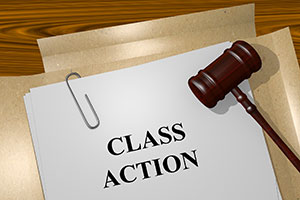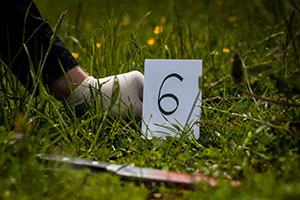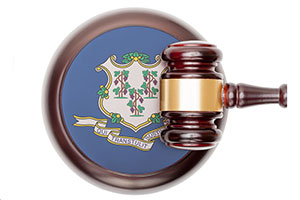ABM Industries provides janitorial services to businesses across the United States. Thousands of ABM employees work at hundreds of job sites in California. Some of those employees filed a class action lawsuit against ABM in a California court, alleging that the company violated California wage laws by failing to:
- keep required records of the time worked by employees,
- follow laws regarding compensation for meal breaks,
- pay split-shift premiums required by California law, and
- reimburse employees for expenses incurred when traveling between job sites.
ABM’s contracts with clients generally provide for a fixed fee in exchanged for services provided, regardless of ABM’s cost of providing those services. Accordingly, if ABM employees earn extra wages, ABM must absorb that cost. The employees alleged that ABM deliberately underpaid its employees in order to enhance its profitability.
The employees requested certification of their lawsuit as a class action. The class consisted of about 35,000 employees, divided into several subclasses according to the specific wage violations that each employee suffered.
The certification request relied in part on expert testimony that the trial court refused to consider. The employees appealed, arguing that their expert testimony was admissible.
Class Certification
Class actions consolidate individual claims into a single lawsuit. Plaintiffs benefit from class actions when they can obtain a remedy for a legal violation that they would be unable to pursue in an individual lawsuit (usually because the cost of litigation would exceed the amount of compensation the individual could expect to receive). A class action is also a more efficient way to resolve claims than multiple lawsuits raising the same issues against the same defendant.
Courts must certify a lawsuit before it can proceed as a class action. A certification decision is based on evidence that legal and factual questions common to all the class members predominate over individual differences in the claims. Class actions are often used to address wage law violations when a large employer has generally applied the same unlawful policy or practice to wage payments for employees who hold the same or similar jobs.
The ABM employees supplied the court with evidence that ABM applied a uniform policy that paid employees based on their anticipated schedules of work, not on their actual hours worked — a practice that would violate California and federal law. They alleged, for example, that ABM’s payroll system automatically deducted a 30-minute meal break each day from the hours each employee worked, without determining whether employees actually took a lunch break and despite the fact that many employees skipped lunch to finish their work within the time they were given to complete it.
Expert Evidence
The employees based their class certification motion in part on expert evidence from Aaron Woolfson, “a provider of database services who analyzed certain timekeeping and payroll data maintained by ABM with respect to its employees.” Woolfson analyzed more than a million shifts that employees worked for more than five hours (when a meal break must be provided). ABM’s records concerning those shifts failed to show evidence of the time an employee “clocked in” and “clocked out.”
In 94{d61575bddc780c1d4ab39ab904bf25755f3b8d1434703a303cf443ba00f43fa4} of the shifts Woolfson examined, a meal break was automatically deducted from hours worked, and there was no evidence that ABM ever gave employees the required premium pay they were owed for working through lunch. His analysis also showed that few employees were reimbursed for their cost of traveling from one job site to another during a workday.
The trial court declined to consider Woolfson’s evidence. The court concluded that Woolfson was not shown to be “an expert on anything material to the class certification motion.” Because Woolfson was not an expert, he could not give opinions based on hearsay. Finally, the court decided that his opinions were inadmissible because they didn’t “prove anything” relevant to the certification issue.
The trial court rejected Woolfson as an expert because he had no “formal training or degrees that would qualify him as an expert to review the timekeeping and payroll data at issue.” The court also rejected Woolfson’s assertion that he had “provided payroll and timekeeping database analysis for attorneys in numerous wage-hour cases” because Woolfson did not provide “specific facts of the type that is usually relied upon to qualify an expert” (such as, presumably, identification of the cases in which he rendered opinions and the lawyers who hired him).
The court concluded that Woolfson’s assertion that he had “extensive experience in creating, managing, and analyzing large databases” was too general because the court did not know what Woolfson meant by “extensive” (despite Woolfson’s list of databases he had created, managed, and analyzed), and because Woolfson did not specify “how many years, how many assignments, what the nature of the assignments were, what the nature of his tasks were or anything of the like.”
The employees asked the court to reconsider, offering additional evidence of Woolfson’s expertise, including evidence that he had been accepted as an expert by other courts. The court denied the motion, ruling that Woolfson’s opinions were not relevant to the certification issue even if he was qualified to give them.
Appellate Opinion
As an initial matter, the California Court of Appeals noted that the gatekeeping role played by trial courts when they determine the admissibility of expert evidence is not a grant of unlimited discretion. Trial courts must be “cautious in excluding expert testimony” as their narrow goal is simply to exclude “clearly invalid and unreliable” expert opinions.
The trial court ruled that Woolfson’s testimony was inadmissible because he was not qualified as an expert and because his opinions, even if he was qualified to render them, were not relevant. The court of appeals disagreed with both rulings.
Woolfson’s Expertise
The appellate court noted that expertise depends on the subject of the proposed testimony. An expert’s qualifications are therefore “not subject to rigid classification according to formal education or certification.” Knowledge of, and familiarity with, the subject matter of testimony can be acquired by sufficient experience. “Once this threshold has been met, questions regarding the degree of an expert’s knowledge go more to the weight of the evidence presented than to its admissibility.”
Woolfson founded a company that develops database systems so that telecommunications companies can manage their billing. He also manages a company that provides billing and database mechanisms that allow banks to keep track of paperwork concerning mortgage loans. He has provided “extensive database management services to both government and private industries” and has extensive experience in creating, managing, and analyzing large timekeeping databases.
The court noted that “additional information regarding the specifics of Woolfson’s expertise in matters relevant to this case would clearly have been preferable,” including details about his clients, the number of years he had worked with databases, and his professional certifications — information that he later provided in the supplemental declaration that the trial court rejected. The court of appeals nevertheless concluded that the information in his initial declaration was sufficient to qualify him as an expert in database analysis.
The trial court also erred by focusing on Woolfson’s lack of a formal degree, given Woolfson’s “clear familiarity with numerous, highly complex transactions in that subject matter.” A formal education may be a prerequisite for expertise in some fields, but database analysis is not one of them.
“More is better” is the lesson to be learned by lawyers who seek to qualify a witness as an expert. Although the employees’ lawyers may have been lulled into complacency by ABM’s failure to make more than a cursory challenge to Woolfson’s expertise, this decision serves as a reminder that detailed facts establishing an expert’s qualifications should always be provided to the trial court in response to a motion asking the court to reject the admission of the expert’s opinions.
Relevance of Woolfson’s Opinion
The appellate court also rejected the trial court’s conclusion that Woolfson’s opinions were not relevant. Without parsing each separate opinion, the appellate court noted that at least some of Woolfson’s opinions, “based on his manipulation of ABM’s database,” were “clearly admissible as matters beyond the common knowledge or experience of an ordinary witness.” The court also noted that “as evidence of ABM’s common wage and timekeeping practices, Woolfson’s results would unquestionably aid a jury in its search for the truth regarding any alleged classwide wage or hour violations in this case.”
The appellate court was “mystified” by the trial court’s “wholesale rejection” of Woolfson’s opinions. The court expressed concern that “the trial court’s conclusions regarding the admissibility of the Woolfson materials were impermissibly tainted by its strong views with respect to the underlying merits of plaintiffs’ class certification motion,” a determination that was based “on the mistaken notion that database analysis of timekeeping and payroll records cannot be used as a means to show common practices for purposes of class certification.”
The trial court should instead have accepted Woolfson’s opinions as evidence of ABM’s payroll practices that were common to all similarly situated employees, and then weighed those opinions against evidence of the need for individualized determinations that might preclude class certification. The trial court therefore erred in failure to consider Woolfson’s expert opinions.



